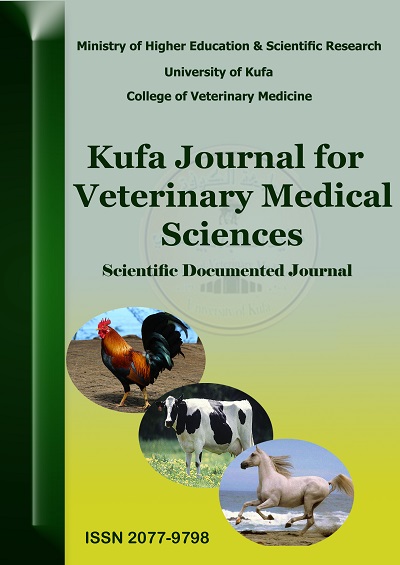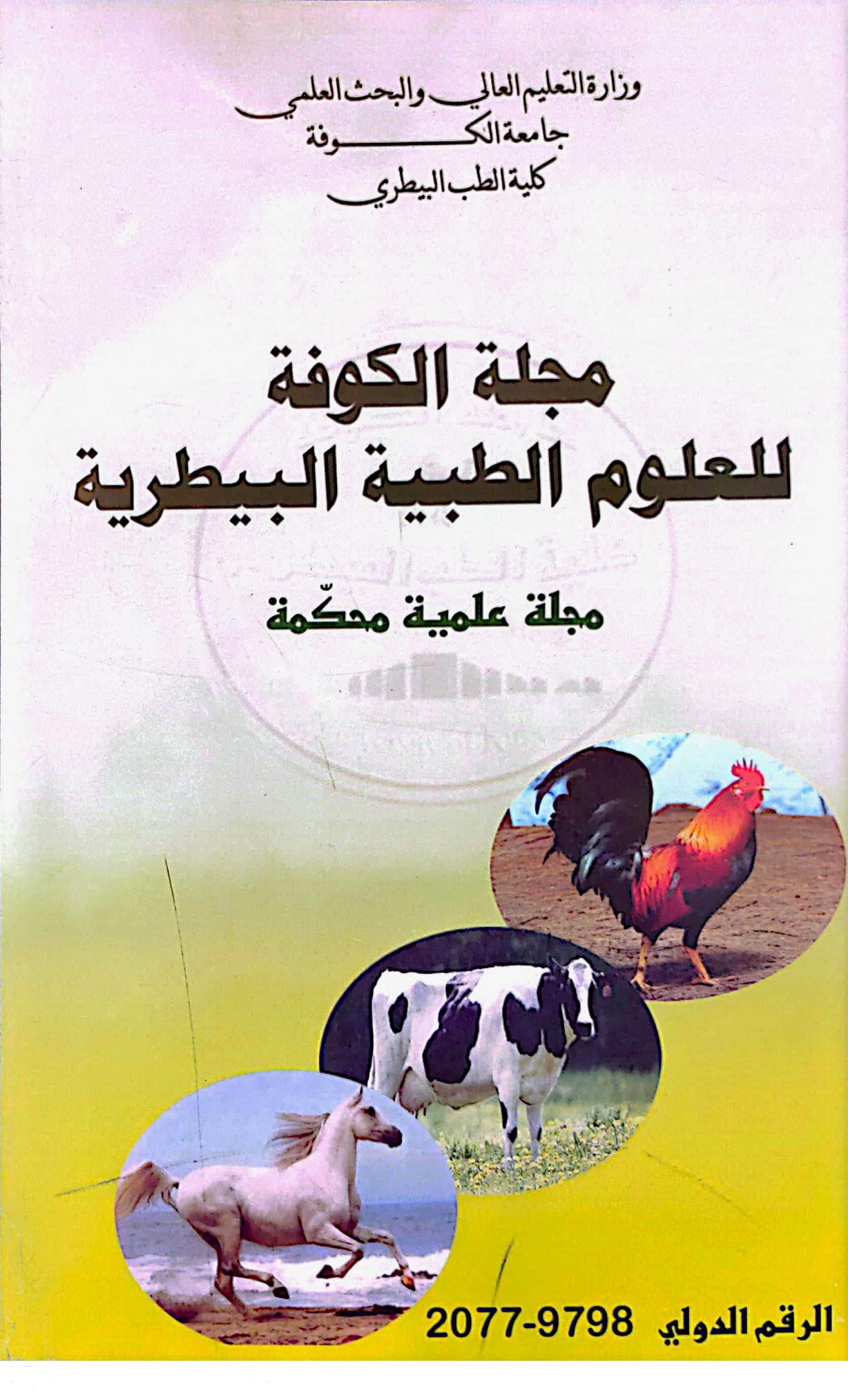The clinical significance of acute phase proteins and biochemical changes in sheep with acute ruminal acidosis
DOI:
https://doi.org/10.36326/kjvs/2017/v8i24102Keywords:
Acute ruminal acidosis, CRP, haptoglobin, ruminal pH, sheepAbstract
Acute ruminal acidosis is a common problem in ruminants that feed on high amount of concentrates and has been associated with inflammatory condition of the rumen and metabolic acidosis. The goals of this study were to measure the acute phase proteins (haptoglobin and C-reactive protein concentrations), and biochemical changes and to determine their association with the inflammatory condition and mortality in sheep with acute ruminal acidosis. A total of 25 sheep were included in this study and divided in to two groups [one group suffered from acute ruminal acidosis (n=15) and another control healthy group (n=10)]. Haptoglobin and C- reactive protein (CRP) concentrations were measured by turbidimetric immunoassays. While biochemical parameters were measured using spectrophotometric calorimetric methods. Haptoglobin concentrations were significantly higher in sheep with acute ruminal acidosis compared to control group (P < 0.05). However, CRP were not statistically different between both group of sheep (P > 0.05) Moreover, serum haptoglobin concentrations were higher in non-survivors sheep with acute ruminal acidosis compared to survivors (P < 0.05). The likelihood of mortality was associated with elevated serum haptoglobin, lactate and potassium but also associated with low calcium and chloride concentrations in sheep with acute ruminal acidosis (P < 0.05). In conclusion, haptoglobin concentrations were elevated in sheep with acute ruminal acidosis and could be considered more diagnostic and sensitive inflammatory biomarker than CRP in sheep with acute ruminal acidosis. Alterations of biochemical dynamics including lactate, electrolytes and minerals concentrations and energy metabolism could be involved in increased risk of non-survival in sheep with acute lactic acidosis.
Downloads
Downloads
Published
How to Cite
Issue
Section
License
Copyright (c) 2017 Ahmed Kamr, Hany Hassan, Mahmoud Aly, Mohammed Nayel, Ahmed Elsify, Akram Salama

This work is licensed under a Creative Commons Attribution 4.0 International License.













